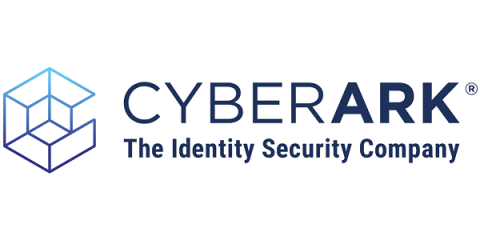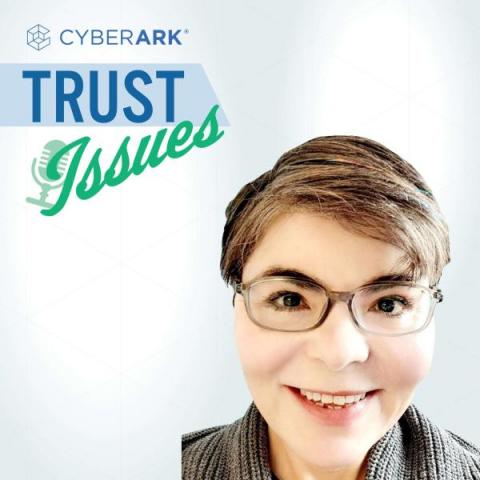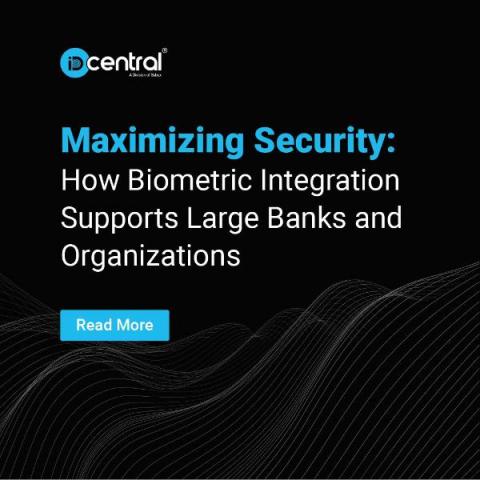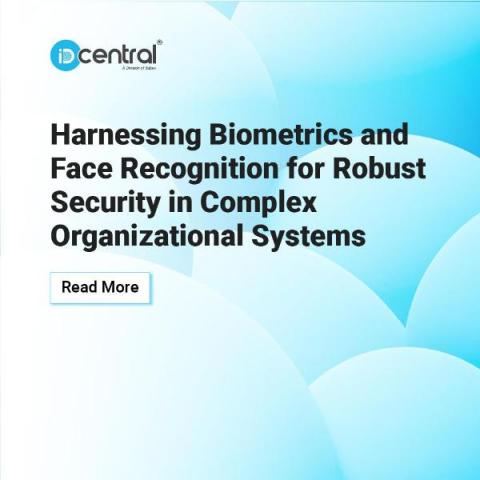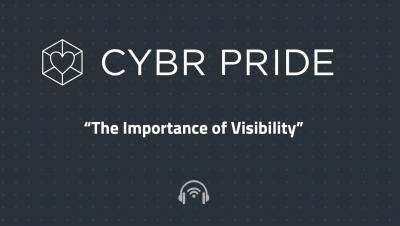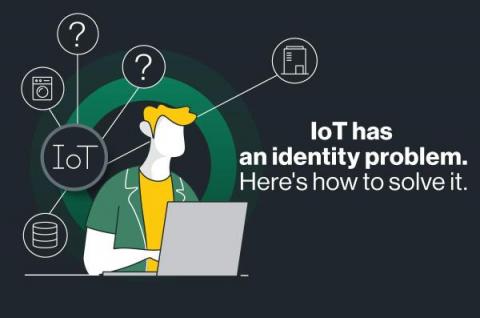Securing the Web Browser in an Identity-focused Threat Landscape
For more than 30 years, we’ve been living in a world where one of the most widely-used applications is the web browser. Despite being designed primarily for consumer use, browsers have become essential to how enterprises operate – serving as the connective tissue between identities, applications and data. And yet, despite all of the advancements leading to today’s digital and cloud-centric world, one of the least secure applications is … the browser.


